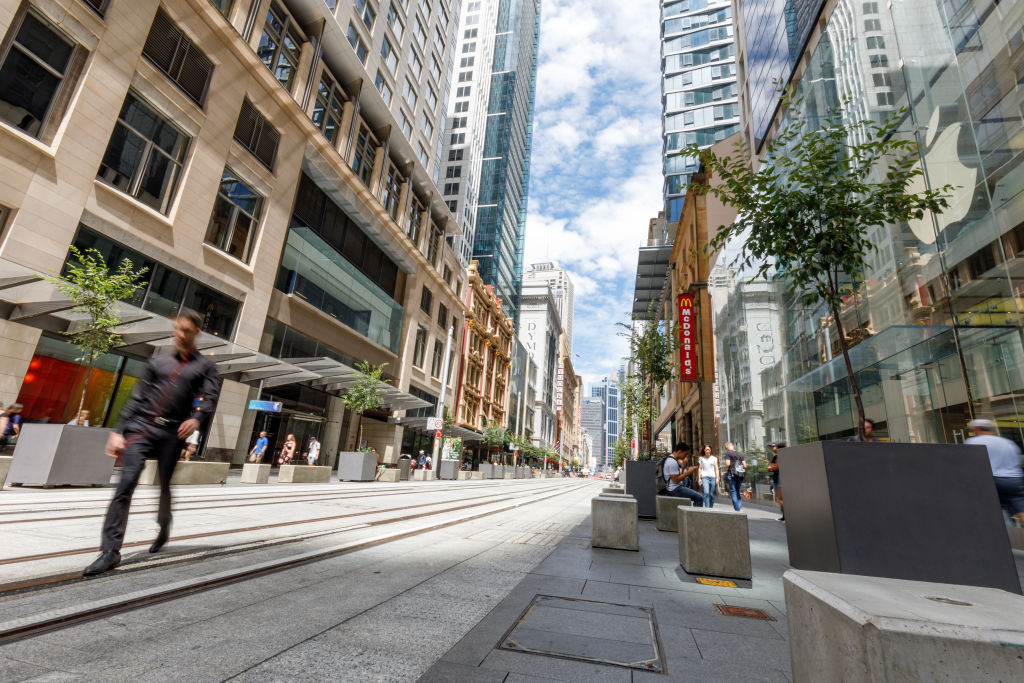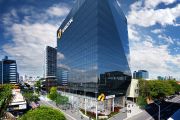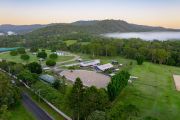
How upcycling commercial spaces delivers residential opportunities
Many commercial buildings have lost out in the race to lure workers back to the office. Dated, lacking the latest technology and boasting fewer sustainability features than their more contemporary competitors, these buildings are suffering high vacancy rates.
Until recently, landlords had only two options: demolish or retrofit. However, innovative new measures have seen the rise of adaptive reuse, where buildings previously used for one purpose are transformed to suit another.
The prospect of using empty or low-vacancy office buildings to counteract Australia’s ongoing housing crisis and accommodate surging population growth is being explored across capital cities.
In Melbourne, a 2023 report by the architecture firm Hassell claimed that 80 commercial buildings comprising 650,000 square metres of space could be repurposed to create 12,000 new homes.
This action would also release less embodied carbon into the atmosphere than demolition, the report added.
The idea of transforming workplaces into homes is gathering momentum, according to Matthew Kandelaars, the group executive of policy and advocacy at the Property Council of Australia.
“Obviously, we are facing a national housing crisis – there’s no other way to describe it,” Kandelaars says.
“We have a significant shortfall and deficit of housing as against what we need, and obviously the federal government and national cabinet in response to that have set an ambitious target of 1.2 million new homes.
“It does cause people to look at different options and to get creative in their thinking.”
In the US, after the COVID-19 pandemic emptied office buildings of workers across the island of Manhattan, the city of New York has embarked on a widespread push to convert commercial towers into housing.
Its Office Conversion Accelerator program aims to convert vacant offices into apartments by loosening zoning regulations.
The New York Post reported that 46 buildings were enrolled in the process, with four already in the midst of transformation.
But it’s not as simple as gutting a building and rejigging its interiors. It’s often a costly and complex exercise, says Professor Philip Oldfield, head of school at UNSW Built Environment, Faculty of Arts, Design and Architecture.
“Adaptive reuse doesn’t work in all scenarios,” he says. “We have this idea that with a glut of older empty offices, ‘Hey, let’s turn those offices into housing.’ It’s a great idea, in theory.
“The challenge is that many of the 20th-century office blocks were built with very deep floor plates, and it’s very challenging to convert them into apartments.
“What we’ve seen in some places around the world is the conversion of office buildings into apartments. The bedrooms don’t have windows, so they put the bedrooms deep in the floor plan.
“It does provide a worry that an unscrupulous developer might seek to turn an office building into housing to make money but not create the best quality housing possible. We’ve always, at the fundamental level, got to remember that we’re building for people and for people’s habitation and we’ve got to create quality.”
The Property Council’s Office Market Report, released in January this year, showed overall CBD vacancy increased from 12.8 to 13.5 per cent nationally. The data reveals the “flight to quality” trend, in which tenants choose leases at premium offices over more basic ones.
Vacancy rates for prime office space across the country were lower than for secondary offices in every capital city except Sydney and Adelaide.
Commercial offices are graded across categories such as location, building management and technology features, lifts and amenities, and sustainability and efficiency settings and are deemed premium or secondary.
The CBD prime vacancy rate across the country was 12.9 per cent compared to 14.5 per cent in the secondary market.
Many owners of secondary-grade buildings are deciding to renovate rather than detonate, Kandelaars says.
“We see more retrofitting than demolition because I think, practically speaking, often the footprint of some of these lower-grade buildings is such that if you were to knock down and rebuild,” he says. “You simply couldn’t get the footprint required to develop a premium-grade building with planning controls and setbacks.”
Major overhauls to a building, such as the additional storeys added to a 1970s high-rise at Sydney’s Quay Quarter Tower, can present cost challenges. But today, it’s also a matter of weighing up the cost of carbon emissions and the future reputation of a building’s sustainability credentials.
“Obviously, the cost involved in knockdown rebuild, as opposed to refurbishment and retrofitting, can be prohibitive,” Kandelaars says. “From a sustainability point of view, the embodied carbon consideration is significant.
“Through investors, be they retail shareholders or institutional capital, that is something that is becoming more and more a non-negotiable.”










